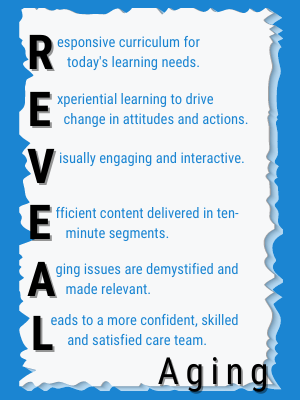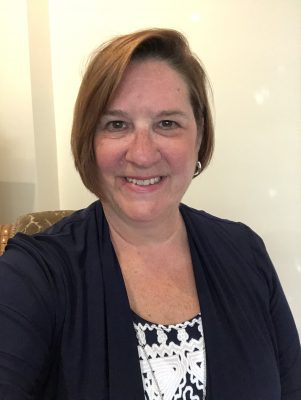
The Aging Services Industry faces a triple-whammy when it comes to workforce turnover and retention.
The first hit is the massive turnover that occurred and continues to occur because of the pandemic. Second, the turnover is on top of existing unfillable vacant positions. Thirdly, there are new entrants into the field who have no prior experience caring for older adults.
We don’t want just warm bodies. Yet, providers had to scurry and pull from every corner to get to bare staffing requirements. Now, providers hang on hope that the good employees will not jump ship as the pandemic fades. What are we to do about this massive issue?
Much of the focus will continue to be on recruiting new employees, and rightly so. However, great attention needs to be given to how to keep the new, good employees. At the same time, it is critical to also maintain the spirit and engagement of the seasoned employees.
Recruitment and Retention: Hand in Hand
I’m going to add a fourth whammy, and it is the scarcity of available time for employee training and education.
Time- nobody has it. Not the Administrator, Director of Nursing or Human Resources Director. So, how can we provide meaningful, affordable, and time-efficient education for employees?
While providers were on the front lines scraping for survival, AGE-u-cate Training Institute tackled these foreseeable issues and developed a responsive and feasible employee education strategy.
Pam Brandon, AGE-u-cate’s Founder and President has unveiled REVEAL Aging: The next generation of aging services employee education and training delivery that works.
The REVEAL Aging content focuses on improving quality of life and quality of care. Each device friendly course consists of micro-learning segments of approximately ten minutes each.
This method provides on the spot learning that boosts engagement, closes skills gaps and fosters practical applications in the workplace. Furthermore, content is compatible on smart phones, I-Pads and desk tops, making it accessible for all employees.
“The content gets to the core of what it takes to understand the aging process, and promote quality of life. The topics are universal for all departments. It is important that everyone working with older adults possess a deep understanding and elevate empathy.” Pam Brandon, President, Founder AGE-u-cate Training Institute.
Learn more about REVEAL Aging in this 30-minute webinar, and by visiting the AGE-u-cate website.
 Julie has worked in Aging Services for over 30 years and has been a Licensed Nursing Home Administrator since 1990. She is the Director of Grants and Consulting Projects and a Certified Master Trainer with AGE-u-cate Training Institute. In addition, she is an instructor and of Gerontology and Leadership in Aging Services at Northern Illinois University and lives in the Chicago Northwest Suburb of Mount Prospect, IL.
Julie has worked in Aging Services for over 30 years and has been a Licensed Nursing Home Administrator since 1990. She is the Director of Grants and Consulting Projects and a Certified Master Trainer with AGE-u-cate Training Institute. In addition, she is an instructor and of Gerontology and Leadership in Aging Services at Northern Illinois University and lives in the Chicago Northwest Suburb of Mount Prospect, IL.

 March 3 -7 is Careers in Aging Week and an appropriate time to talk about the importance of this topic. No longer are the shortages of direct care staff and others in long term care a subject of the future. The crisis is looming and it is serious.
March 3 -7 is Careers in Aging Week and an appropriate time to talk about the importance of this topic. No longer are the shortages of direct care staff and others in long term care a subject of the future. The crisis is looming and it is serious.